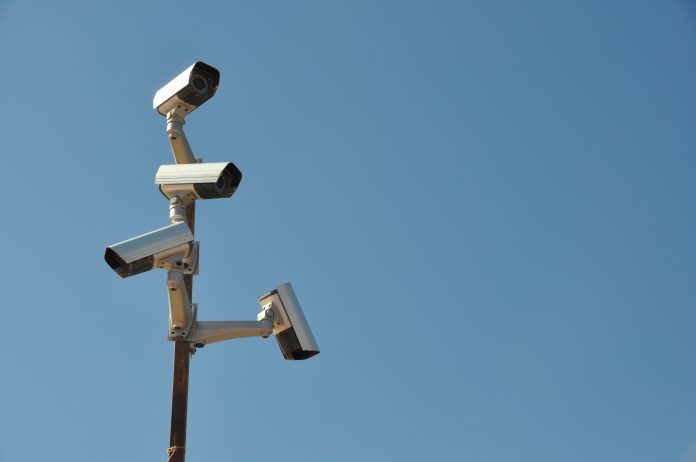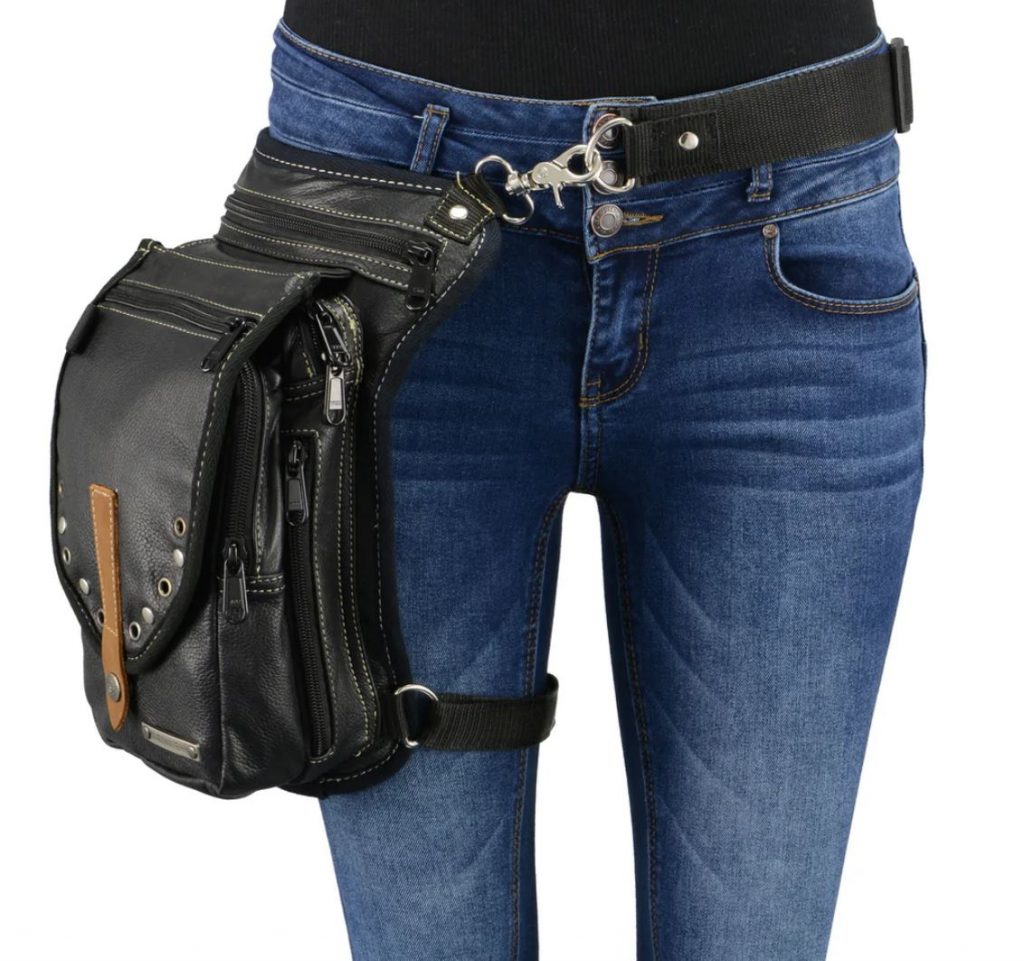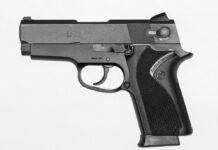
In one of the few Facebook gun groups I still frequent, someone shared a photo of something that caught their attention.
They saw this person with a hip-bag walking around the mall, and it struck them as odd.

Now these hip bags are popular among motorcyclists, but the person didn’t quite fit that look. They were just wearing a hoodie and jeans.
Given that it was a concealed carry group, most of the discussion obviously revolved around the concept that it was a holster bag.
The interesting point worth highlighting is this:
The subject of the photo is pretty innocuous, and the thread established several benign/non-gun justifications for the bag.
The subject of the photos strayed far enough outside social norms that OP went “huh, that’s unusual, I wonder what/ why that is?”
This is EXACTLY how it goes with exposed belt clips, mis-sized clothing, etc.
People are good at pattern recognition, so it’s best practice to exist within the pattern.
What’s funny, in kind of an unfortunate kind of way, is that it’s not uncommon for there to be regular debates (arguments) in this group about whether or not “printing matters”, yet many failed to recognize that this was the exact same set of circumstances.
The reality is that concealment is, at its core, a magic trick. It’s misdirection and subterfuge.
The most effective concealment isn’t just covering the gun. At its most effective, it’s a combination of showing people what they expect to see, and misdirection.
This can be as simple as proper garment fit to avoid printing or foregoing tactical brands, or it can delve deeper into concepts like social camouflage.
Social Camouflage breaks into two basic categories:
The first is the “grey man concept”, where you’re dressed in an unassuming way that draws no attention.
The other element is dressing in a manner that would make people go “there’s no WAY that person is carrying a gun”
The PHLster Enigma facilitates this by making carry easier in pants that previously wouldn’t support a gun (sweats, gi pants, joggers, board shorts, etc.)
Going back to my original point though, you never know who is paying attention or what they notice, so it’s best to dress for your environment.
This means not just climatically (no bulky cover garments in hot weather and such), but also the social fluency to know what “dressing appropriately” means where you’re going to be.
This hip back is certainly a fairly obvious example of the concept, but it highlights a critical point that more people should consider.
Don’t deviate from the norms and understand the cultural expectations where you are, because you never know who’s watching.



